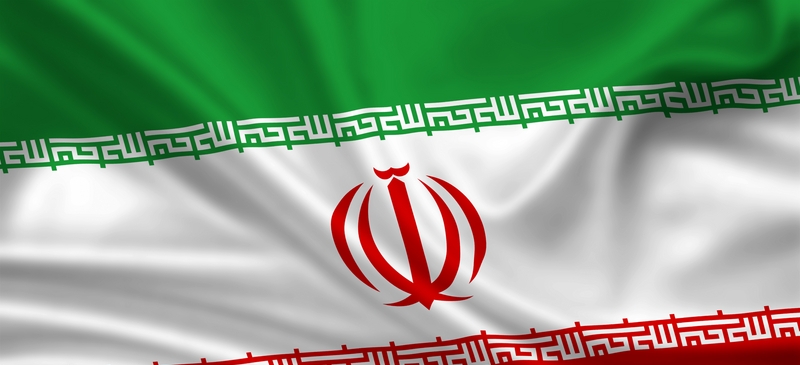
Can we live with a nuclear Iran?
As Europeans and Americans put together a final package of incentives to divert Iran from its nuclear course, the world is facing up to the possibility of failure. In this febrile atmosphere, it is the dystopian scenarios of bombing Iranian nuclear installations, or containing a nuclear Iran that are exciting diplomats and politicians
. John McCain spoke for the hawks when he told the German Marshall Fund’s Brussels Forum: “In the end, there is only one thing worse than military action, and that is a nuclear-armed Iran.” Comparing Iran’s messianic president, Mahmoud Ahmadinejad, with Hitler, he ran through a now familiar list of dangers. Iran’s nuclear programme could set off a cascade of proliferation, provoking Turkey, Egypt, Israel or Saudi Arabia to reassess their defence. Iran could hand nuclear technology to terrorists. It could use nuclear weapons to blackmail other states or be emboldened in its support for terrorism, knowing that it could deter retaliation.
McCain is honest enough not to dismiss the arguments against strikes: the fact that the US might not hit all the secret installations; that military strikes could drive the people of the least anti-western country of the region into the clerics’ arms; that they could provoke a wave of terrorism in Iraq, Afghanistan, Israel, and even the West; and that the strikes might have to be repeated every few years to stop the regime from re-building its facilities. But these concerns are over-ridden by his fear about the nature of Iran’s regime: “Europe’s history teaches painful lessons: in the 1930s, too few took at face value a dictator’s threats to destroy peoples and countries, and the world paid a terrible price.”
Many Europeans – and some Americans – who are appalled at the idea of a nuclear Iran are even more appalled by the idea of military strikes. They compare Ahmadinejad with Stalin rather than Hitler. A senior European diplomat, at the heart of the nuclear negotiations, puts it like this: “Iran reminds me of the Soviet Union in the 1950s: a dangerous, revolutionary regime, sponsoring subversion in neighbouring countries. Some people wanted pre-emptive strikes against its nuclear programme, but wiser counsels prevailed and we relied on containment.” He, and some of his colleagues across the Atlantic are beginning to think the unthinkable. How could we live with a nuclear Iran?
There is a natural progression from the possible ‘sticks’ of the current EU-US approach (such as travel bans, asset freezes, and investment bans that may be imposed if the International Atomic Energy Agency declares that Iran is still not co-operating) to a more far-reaching effort to contain and deter Iran, designed to make a nuclear-armed Iran less dangerous.
The first strand would be trying to slow Iran’s nuclear development with air, land and sea blockades. So far Iranian scientists have only managed to enrich a single gramme of uranium to 3.5 per cent. To make a bomb they would need several kilos of uranium enriched to 90 per cent. Europeans and Americans could use the ‘proliferation security initiative’, a US-led group of 16 countries that agrees to search planes and ships suspected of carrying illegal weapons. This would help to prevent Iran getting hardened steel, nuclear material and technology from China, Pakistan or the Caucasus. Tehran will almost certainly find ways to source materials in the long term, but this could add years to its programme.
The second strand would be dissuading Iran from using nuclear weapons, or giving nuclear technology to terrorists. The United States would have to set out clear red lines for Iran, warning that any transgressions that could be traced back to Iranian soil would face massive retaliation, including with nuclear weapons.
The third strand is to prevent regional proliferation. The US could follow the Cold War model of offering a nuclear umbrella to its clients in the region – such as Saudi Arabia, the Gulf states, Egypt, Iraq and Turkey – in order to remove the incentives for them to build their own weapons. It is less clear that Israel would feel bound by this approach.
Neither containment nor bombing are attractive options – but the world does not need to choose between them yet. Most intelligence estimates suggest that Iran is 5-10 years away from having nuclear weapons. And it is only when Iran is on the point of no return – and all diplomacy has been exhausted – that a decision on whether to strike should be taken. In the meantime, Iran watchers will form a clearer idea about the nature of the Iranian regime and decide whether containment is worth the risk.
